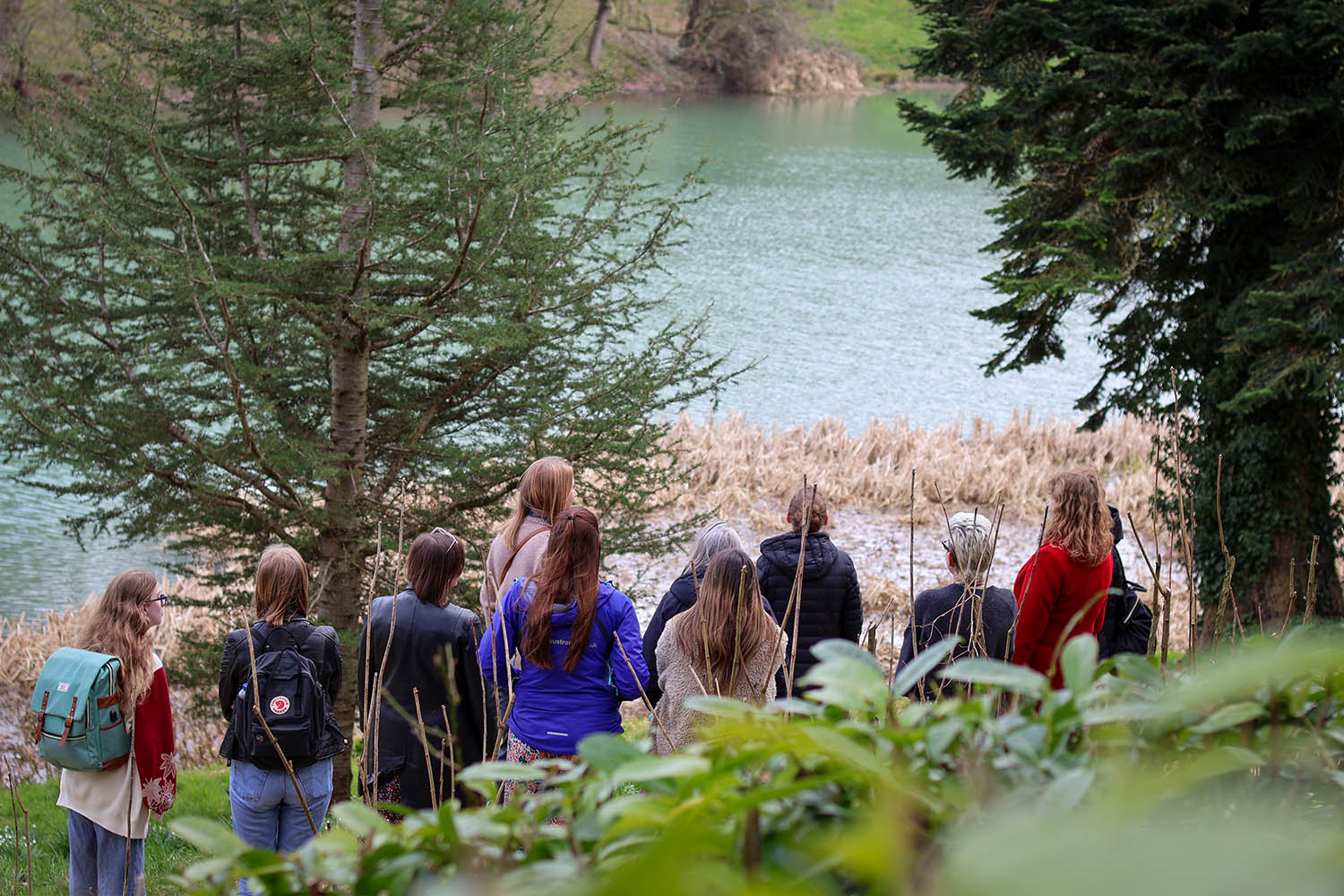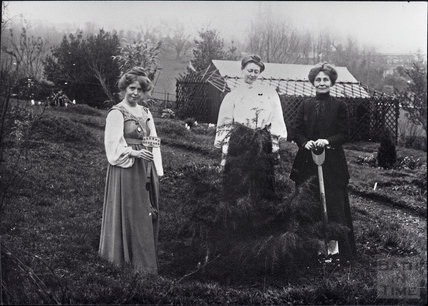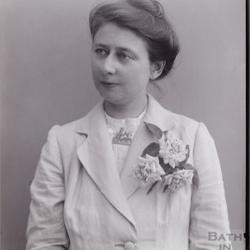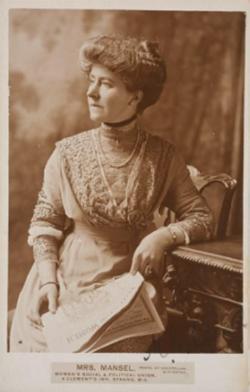1866. The year that arguably marked the start of the women’s suffrage campaign in Britain. It was the year the first mass Votes for Women petition was submitted to Parliament, presented by John Stuart Mill MP (1806-1873) and organised by the Kensington Society, a nineteenth-century women’s discussion group.
Amongst the 1500 signatures, including prominent nineteenth-century female campaigners, was the name ‘Lady Anna Gore Langton of Newton Park, Bristol’. Local newspaper, the Bath Chronicle recorded the event and reported that ‘Lady Anna Gore Langton is one of the ladies who have signed the petition presented last week to the House of Commons by Mr John Stuart Mill, for granting the parliamentary suffrage to women’. [1]
It was a small and inconspicuous line of text, squashed in amongst marriage, death and event notices of the week and yet, this was an action that therefore forever cemented an everlasting link between Newton Park, now one of the main campuses of Bath Spa University, and that very first petition for universal suffrage.
Lady Anna Gore Langton (1820-1879) came to live at Newton Park in 1865 on the marriage to her husband, William Gore Langton MP (1824-1873).[2]
Lady Anna was a suffragist. These were peaceful campaigners who laid the foundations of the nineteenth-century movement before the later, more militant associated suffragettes that we are perhaps more familiar with in the early twentieth century. She was therefore, an early champion and pioneer of women’s rights who worked to improve the lived experiences of women in this period in Bath and beyond, campaigning against the unjust fact of women being ‘denied’ the ‘same privileges’ as men and often speaking about these issues publicly. [3]
From 1872, she was the president of the Bath Committee of the National Society for Women’s Suffrage and two years later, she became president of the Bristol and West of England Branch. Lady Anna would often speak in London on women’s rights as well as being involved in many other feminist enterprises. She was the director of the Women’s Printing Society and by 1878, she had become the vice-president of the London School of Medicine for Women. [4]
In 1907, many years after her death, she would still be celebrated in Bath by other suffragist women, and a tribute in the Bath Chronicle described how she was still remembered as a most ‘excellent speaker and most earnest worker’, her death being ‘a great loss and sorrow to all the notable circle of early workers.’[5]


_-1911_taken-by-Col-300x221.jpg) Hill, and was another fundamental individual to the early Bath suffrage campaign, contributing to the cause for many years. In 1867 aged 23, Lilias and her sister Anne were asked, just after the establishment and her joining of the London National Society for Women’s Suffrage, to form a committee in Bath, which they did with immediate effect. [6]
Hill, and was another fundamental individual to the early Bath suffrage campaign, contributing to the cause for many years. In 1867 aged 23, Lilias and her sister Anne were asked, just after the establishment and her joining of the London National Society for Women’s Suffrage, to form a committee in Bath, which they did with immediate effect. [6]
